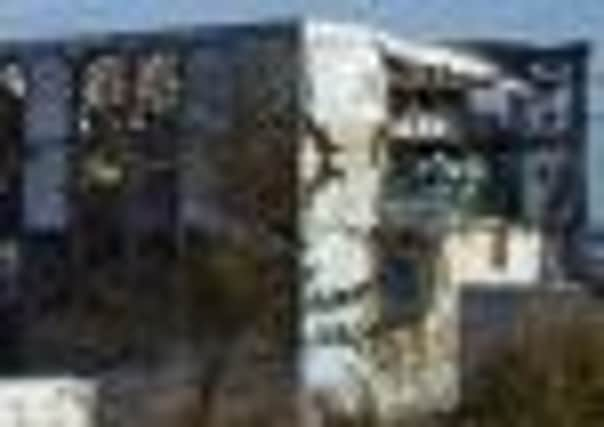Government’s response to Fukushima was ‘confused’


Three reactors at the plant metled down after the tsunami damaged their cooling systems earlier this year, causing the worst nuclear accident since Chernobyl.
Large amounts of nuclear material leaked into the surrounding area and the area around the plant had to be sealed off.
Advertisement
Hide AdAdvertisement
Hide AdThe interim government reports released yesterday details errors by workers and government officials scrambling to respond to the problems at the Fukushima power plant.
The 507-page report, compiled by interviewing more than 400 people, including utility workers and government officials, found authorities had underestimated tsunami risks, assuming the highest wave would be six metres. The tsunami hit at more than double that level.
The report criticised the use of the term “soteigai”, meaning “outside our imagination”, which it said implied authorities were shirking responsibility for what had happened. It said by labeling the events as beyond what could have been expected, officials had invited public distrust.
“This accident has taught us an important lesson on how we must be ready for soteigai,” the document said.
Reporters were only allowed back into the plant for the first time last month. Authorities have been battling to make it more secure, though there are still crumbled buildings and piles of rubble, journalists said.
Yesterday’s report found workers at Tokyo Electric Power Co, the company that ran the plant, were untrained to handle emergencies like the power shutdown that struck when the tsunami destroyed back-up generators .
There was no clear manual to follow, and workers failed to communicate, not only with the government but also among themselves, it said.
Finding alternative ways to bring water to the reactors was delayed for hours because of the mishandling of an emergency cooling system, the report claimed.
Advertisement
Hide AdAdvertisement
Hide AdWorkers assumed the system was working, despite several warning signs it had failed and was sending the nuclear core into meltdown.
The report found that even if the system had worked properly, the tsunami damage may have been so great that meltdowns would have happened anyway.
But a better response might have reduced the core damage, radiation leaks and the hydrogen explosions that followed at two reactors and sent plumes of radiation into the air, according to the report.
Also problematic was the way in which the government stalled in relaying information to the public – using evasive language to avoid admitting serious meltdowns at the reactors.
The government also delayed disclosure of radiation data in the area, unnecessarily exposing entire towns to radiation when they could have evacuated.
The government recommended changes so utilities will respond properly to serious accidents and separating the nuclear regulators from the unit that promotes atomic energy. Japan’s nuclear regulators were in the same ministry that promotes the industry, but they are being moved to the environment ministry next year to ensure more independence.
The report did not advocate a move away from nuclear power but recommended adding more knowledgeable experts, including those who would have been able to assess tsunami risks.
The report acknowledged people were still living in fear of radiation spewed into the air and water, as well as radiation in the food they ate.
Advertisement
Hide AdAdvertisement
Hide AdThousands had been forced to evacuate and had suffered monetary damage from radiation contamination, it said.
“The nuclear disaster is far from over,” the report said.
The earthquake and tsunami left 20,000 people dead or missing.